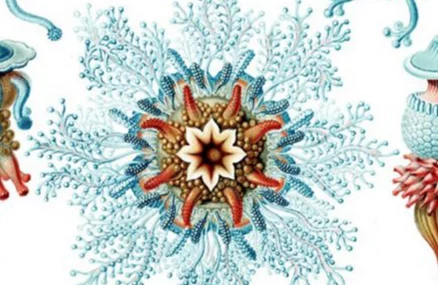Table of Contents
ToggleWhen arts and sciences were related disciplines
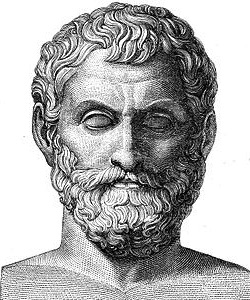
Erudite artistes from antiquity
The ancient Greeks did not distinguish between philosophy and sciences such as astronomy, mathematics, chemistry, etc. At that time, in the time of Pythagoras or Aristotle, the body of knowledge was quite limited. The rule for a scientist was therefore to be a specialist in several fields. Thales is considered to be the first “philosopher of nature”. Known for his mathematical exploits, he was first a trader, engineer and even politician. He therefore perfectly embodies the scholar of Ancient Greece.
Engineer Artists from Renaissance times
The Renaissance (from the fourteenth to the sixteenth century) saw the birth of a movement of deeply optimistic European thought, postulating that man can improve himself through knowledge. It is Humanism. Education is therefore placed at the center of concerns, knowledge remaining inseparable from a certain morality: “Science without conscience is nothing but the ruin of the soul”, warns François Rabelais through his hero Gargantua (opposite, cover of “Priceless Life of the Great Gargantua” 1537). The importance given to education is part of a movement of emancipation vis-à-vis the Church: knowing how to read is to be able to understand the Bible and no longer depend on the interpretation of the Bible from the Church alone.
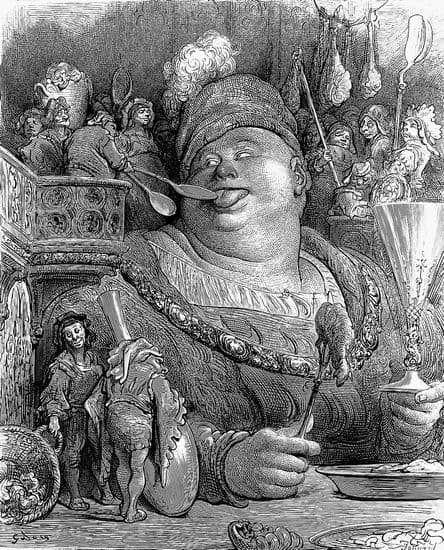
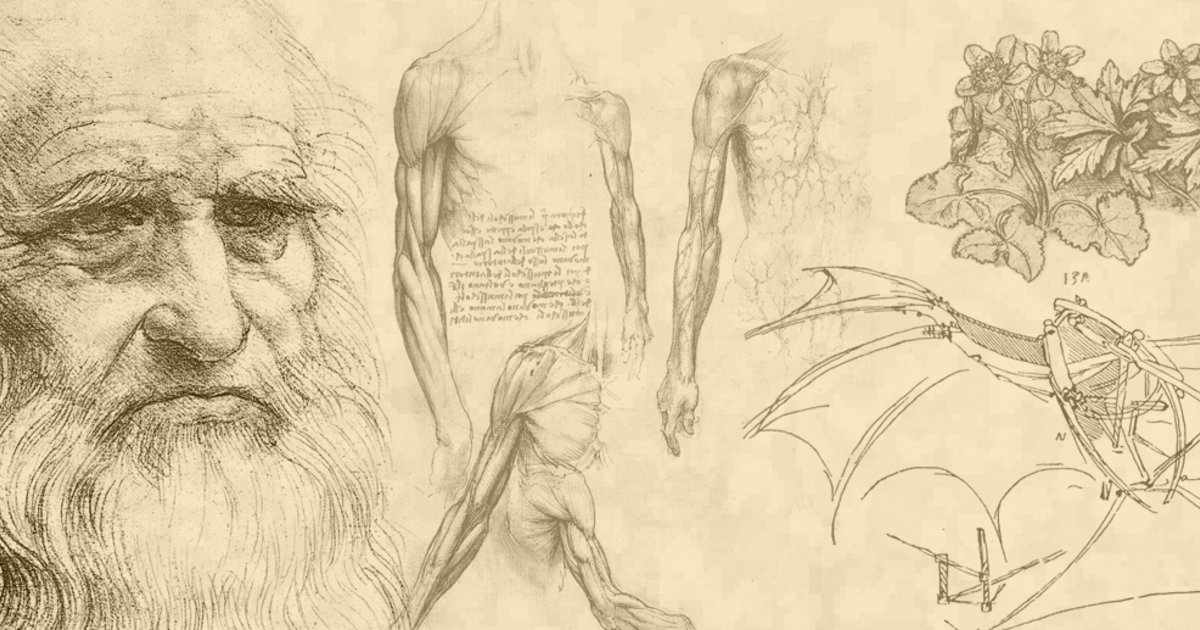
Leonardo da Vinci is the figure par excellence of the artist-engineer. Trained in drawing and painting in the studio of the very famous Florentine artist Andrea del Verrochio, Leonardo was interested in a very wide range of fields, all pretexts for the perfection of his art: he then became a biologist, geologist, surveyor, scholar in many other disciplines as well. Creator, Léonard is at the origin of many inventions based on his observation of nature: he thus realizes the sketches of multiple machines, underwater, flying or terrestrial.
This creative process combining biology and technique, known today as biomimicry, defines engineers who are inspired by living things. This interdisciplinary field which is closely interested in nature is very popular today.
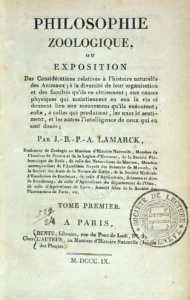
Institutional choices condition our approach to the disciplines
In the past, therefore, philosophy brought together a whole set of activities that are now separate. 19th century zoology, for example, was taught by the Faculty of Philosophy, whereas today it is taught by the Faculty of Science. The institutional structure conditions the relationships that the disciplines maintain with each other, but also the manner and methods chosen to approach these disciplines.
The clear break between arts and sciences
The 19th century marks the clear break between arts and sciences. Several reasons can explain this rapid and radical evolution.
The most obvious reason is that knowledge accumulates and diversifies: it therefore becomes more practical to distinguish between disciplines. The increased amount of knowledge and the fragmentation of disciplines generate increasingly targeted training and specialties. Today, a specialist masters a large amount of knowledge within a specific discipline, itself restricted to a particular sub-domain.
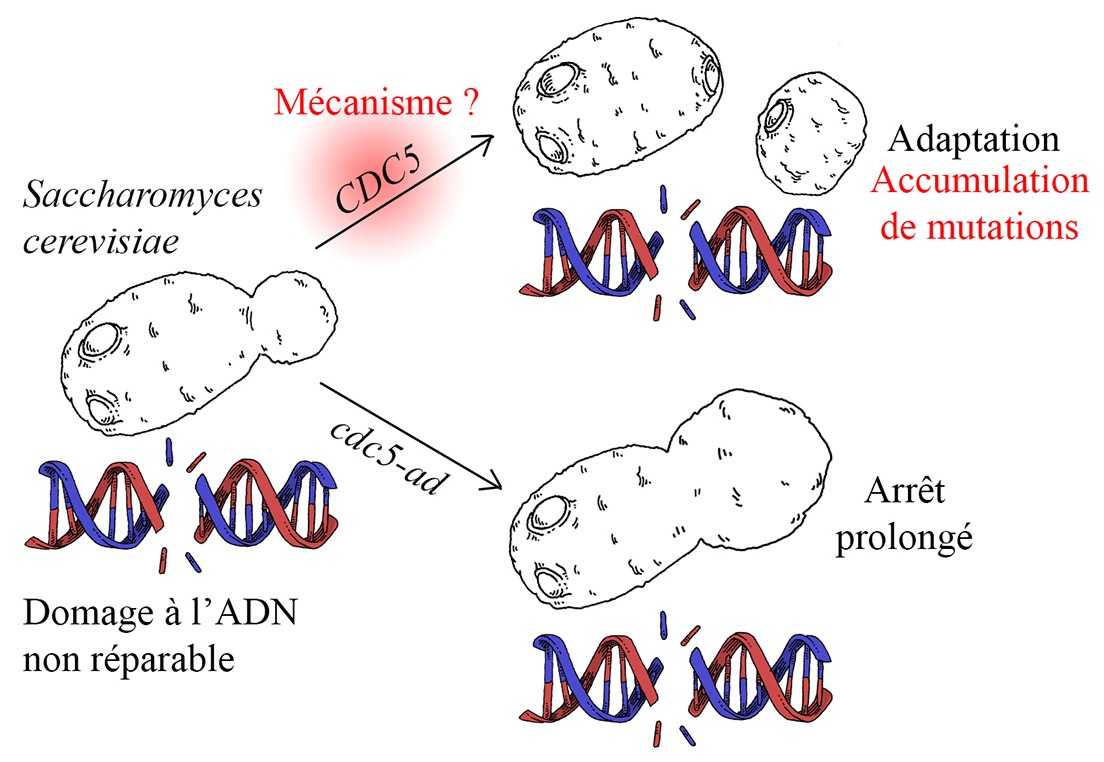
For example, my doctoral thesis in the field of biology does not make me an expert in biology, but more precisely an expert in the repair mechanism of DNA damage in particular, in a specific organism, yeast. Saccharomyces cerevisiae (diagram made with Beink). Moreover, it is funny to note that even today, a doctorate is called a PhD, even if it is a doctorate in science. However, PhD is an acronym meaning … Doctor of Philosophy!
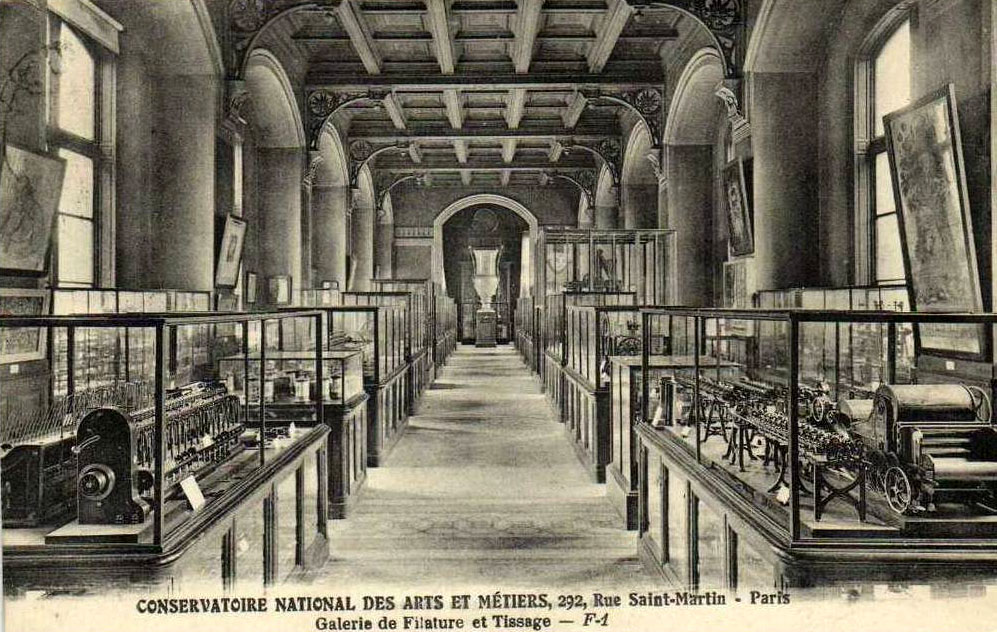
Other reasons for this divorce of disciplines are linked to the political context and to the secularization of the world following the fall of the Ancien Régime. During the French Revolution, the National Conservatory of Arts and Crafts and the Natural History Museum were created. While the fine arts and the humanities remain in the purse of the Faculty of Philosophy, these two brand new institutions are now freeing themselves from it, developing their own methods of reflection and teaching.
These methods lay the foundations of the modern scientific approach, and of their teaching. From the 19th century, it then became obvious to no longer approach scientific disciplines in the same way as the social sciences: the break between hard sciences and human sciences was imposed on a lasting basis.
Finally, all these changes are part of a general re-institutionalization of philosophy which becomes a secular university education, at the same time revealing new borders between the different activities united until then under the generic name of philosophy. These boundaries define the current separations between the disciplines and free them from any obligation of convergence between them. From now on, we devote ourselves “to history, philosophy, morality, science and the arts” as Denis Diderot affirms in Des Authors and Critics, Works, 1984 (portrayed by Henriquez).
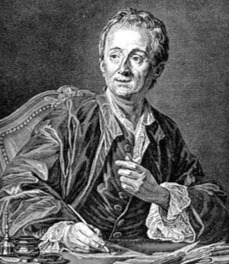

Despite this decentralization of the spheres of knowledge, scientific innovations continue to modify the behavior of artists. One could cite, as an example of a modern scientific approach having an impact on artistic habits, the experimental proof provided by Antoine Lavoisier in 1793 that matter is made up of chemical elements. Until then, it had been agreed that matter was made up of four elements: earth, water, air and fire. Antoine showed that matter was in reality made up of simple bodies, of which he defined 33, bases of modern chemistry (see the table opposite). The art world has appropriated these “simple bodies” for the search for new colors and restoration techniques for works of art.
Beyond these appropriations of new discoveries from one discipline by another, there are also two-way links between the arts and the sciences. We can cite the work of artists on cartographies, the artistic creations of biologists describing plants or animals, and other associations still. Ernst Haeckel is clearly one of those scientists who handle art with ease.
Ernst Haeckel, pioneer of marine biology and renowned designer
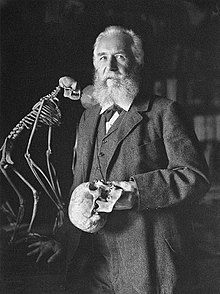
Ernst (1834-1919) first studied medicine, before turning to the natural sciences. He taught comparative anatomy, a discipline made popular by Georges Cuvier at the very beginning of the 19th century. He then taught zoology at the University of Jena in Germany. The teaching that Ernst received as a zoologist at the Faculty of Philosophy makes us question the disciplinary division that we know today. The approaches and methods chosen to study a subject indeed derive directly from the categorizations between disciplines.
Both a researcher and popularizer, Ernst has developed an excellent graphic technique which he has used extensively to disseminate his research results.
Among his work, as cutting-edge in science as in art, we can cite the many phylogenetic trees (schematic trees presenting the kinship relationships between species) innovative both from a scientific point of view but also from an aesthetic point of view. His work entitled General Morphology of Organisms, 1866, is an important work which renewed ideas in morphology (the study of forms of the living world).
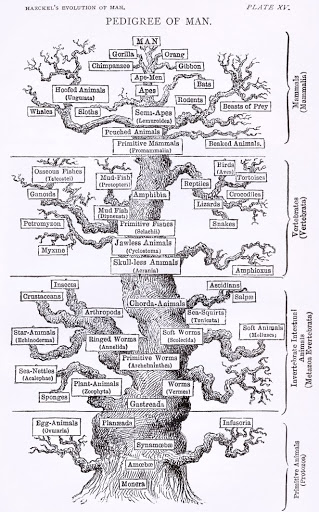
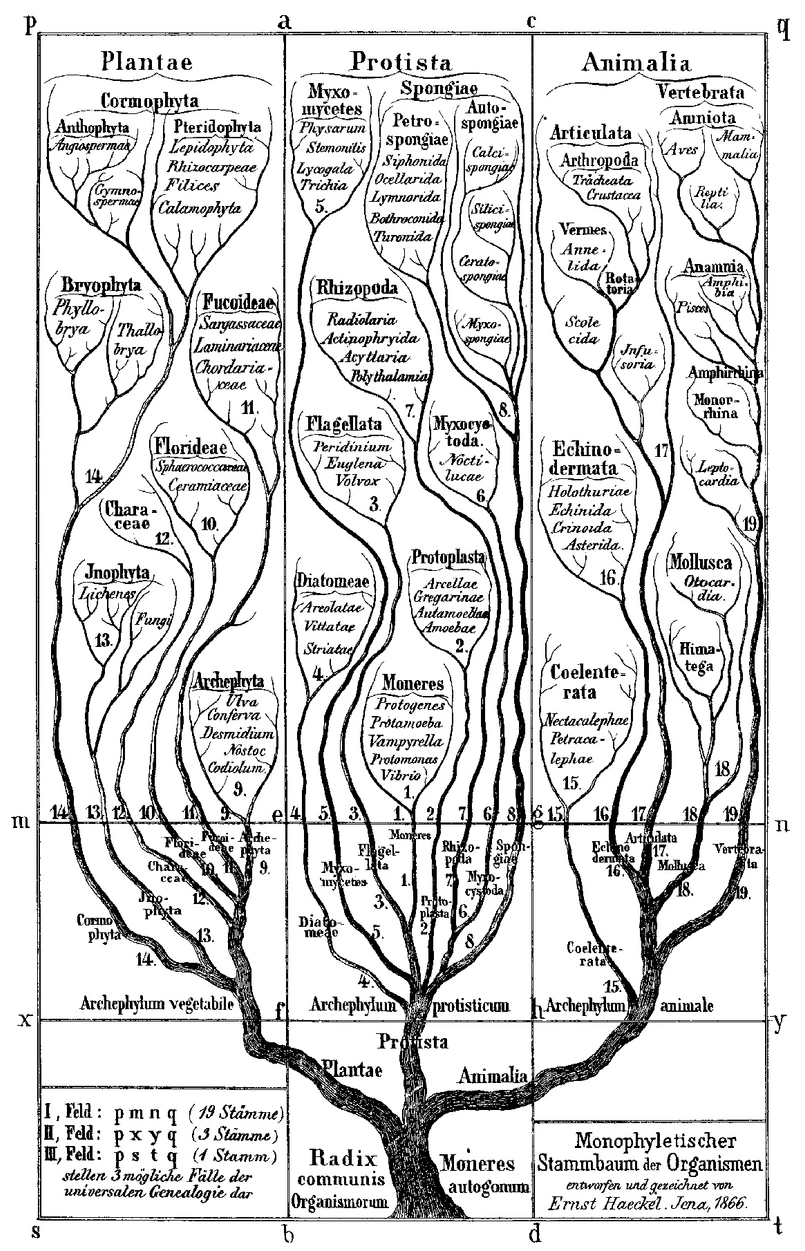
Ernst also extends his influence in the fields of embryology, anthropology and ecology. He was also the first to use the term “ecology” and to define it (a science which studies the relationships between organisms and the environment in which they live). He also contributed greatly to the dissemination of the theory of evolution presented by Charles Darwin. He makes a whole part of his drawings from his observations under a microscope, drawings which help to spread his research work throughout the world.
His visual representations are important both for the scientific sphere and in the artistic world.
Ernst Haeckel, a biologist who enters the history of art
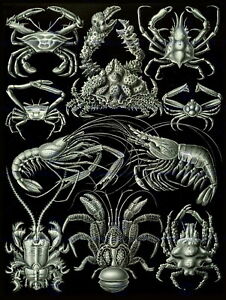
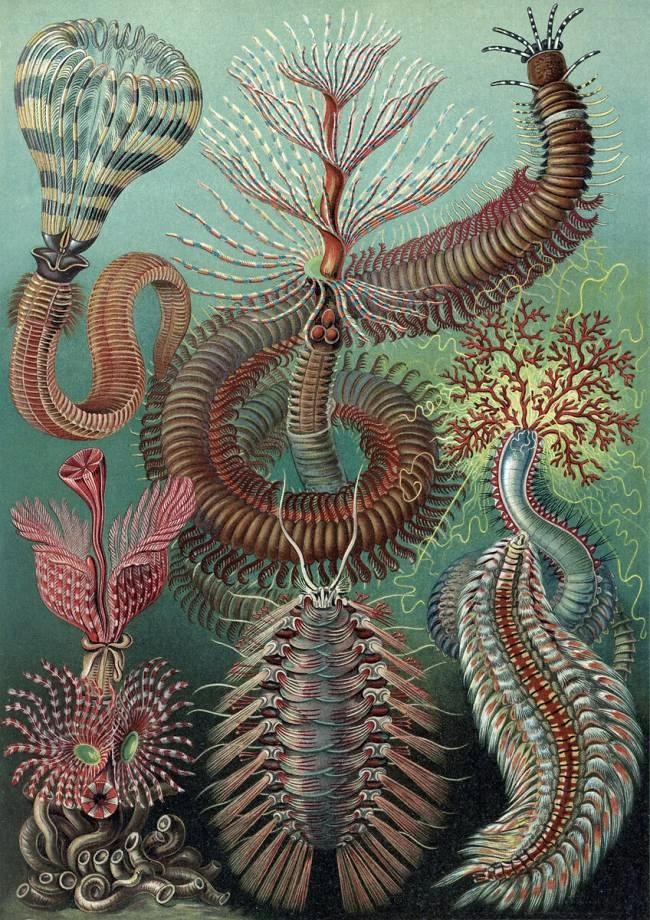
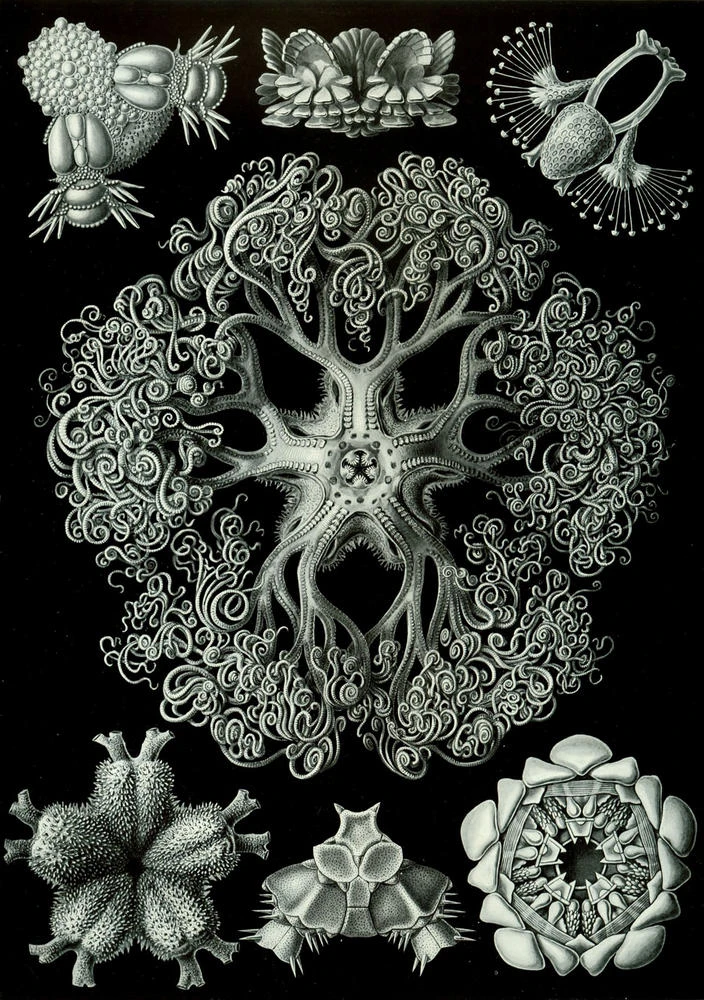
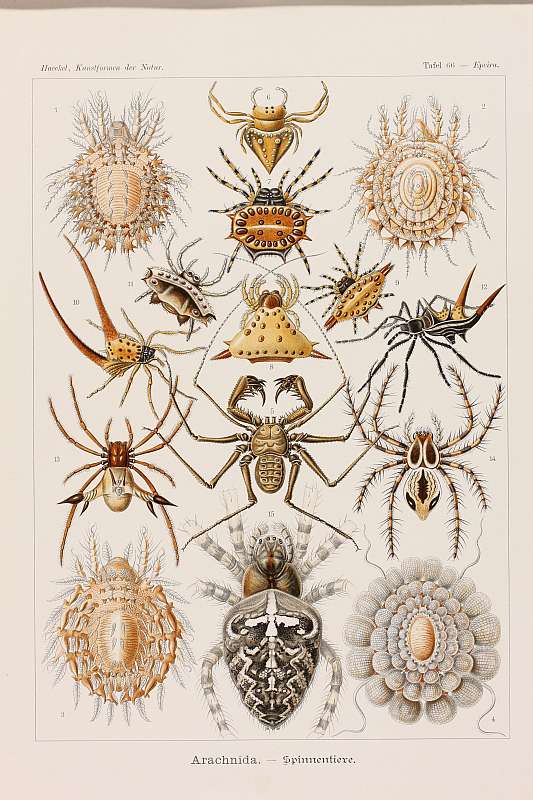
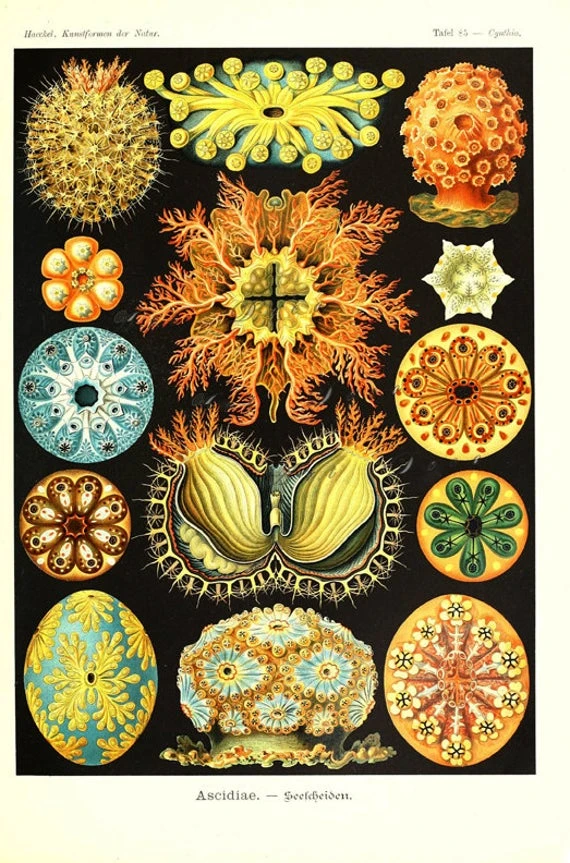

Ernst met with great success in Europe for his illustrated work on calcareous sponges, jellyfish, radiolarians (unicellular organisms, also called zooplankton, or animal orderly) and all kinds of animals. He published Artistic Forms of Nature in 1904, a work through which he presented the spectacular variety of forms of living organisms.
Passionate about jellyfish, he adorned the ceiling of his house in Jena with Medusian decorations, a house called Villa Medusa which is now a museum. One jellyfish in particular receives special attention: Desmonema annasethe, which Ernst transforms into a true masterpiece, because it reminds him of the hair of his late wife, Anna Sethe.
Ernst is considered one of the great precursors of Art Nouveau, an artistic and architectural movement of the end of the 19th century and the beginning of the 20th century, whose ornamentation is inspired by forms of nature, such as trees, flowers or insects. It is therefore undoubtedly that his drawings of jellyfish and radiolaria find their place in the History of the Arts.
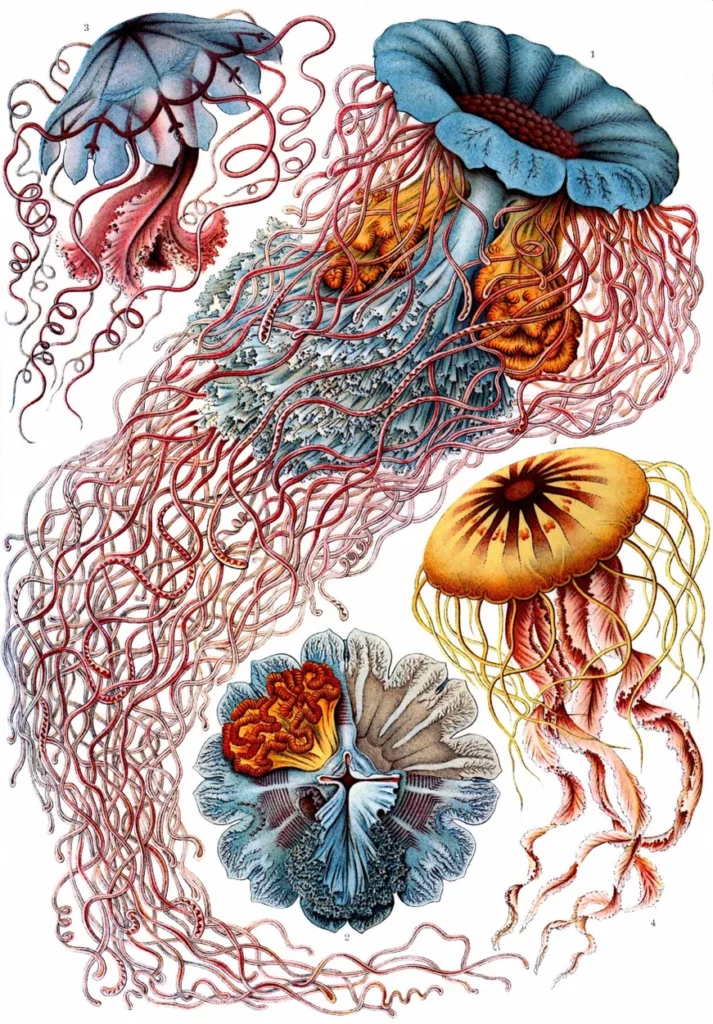
Reading advice!
The Art and Science of Ernst Haeckel, by Taschen editions. Shop link here.
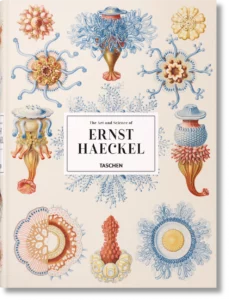
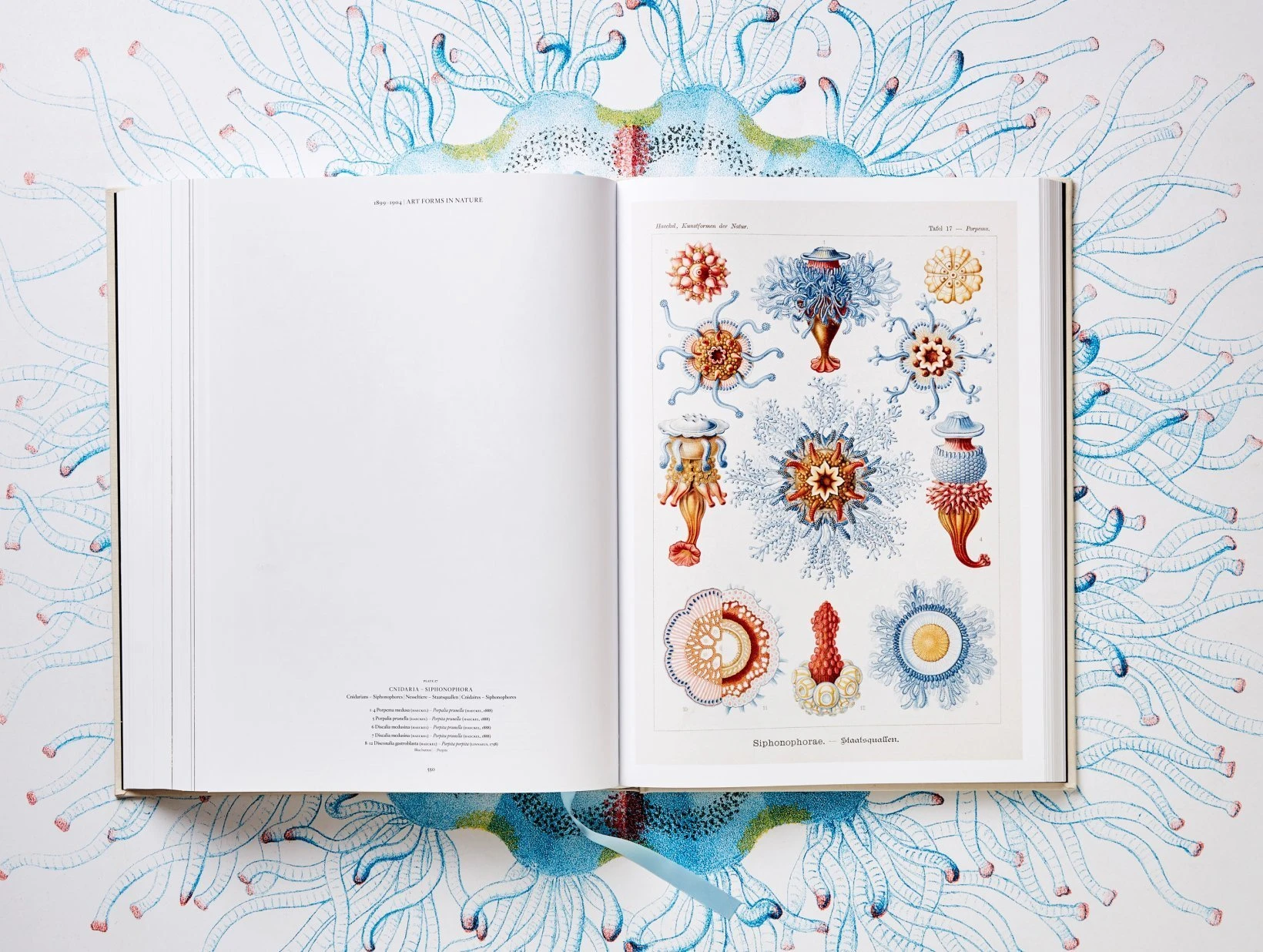
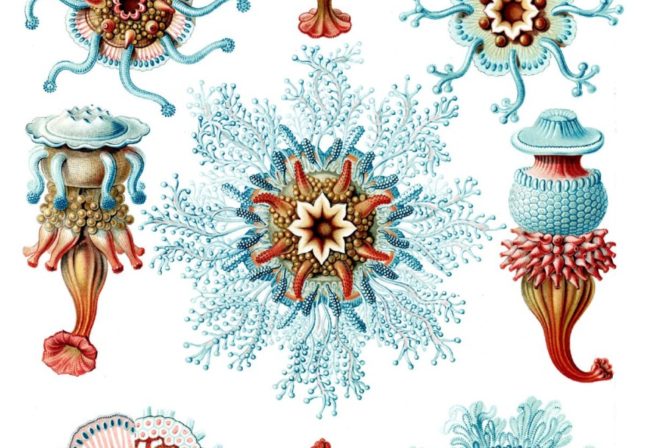
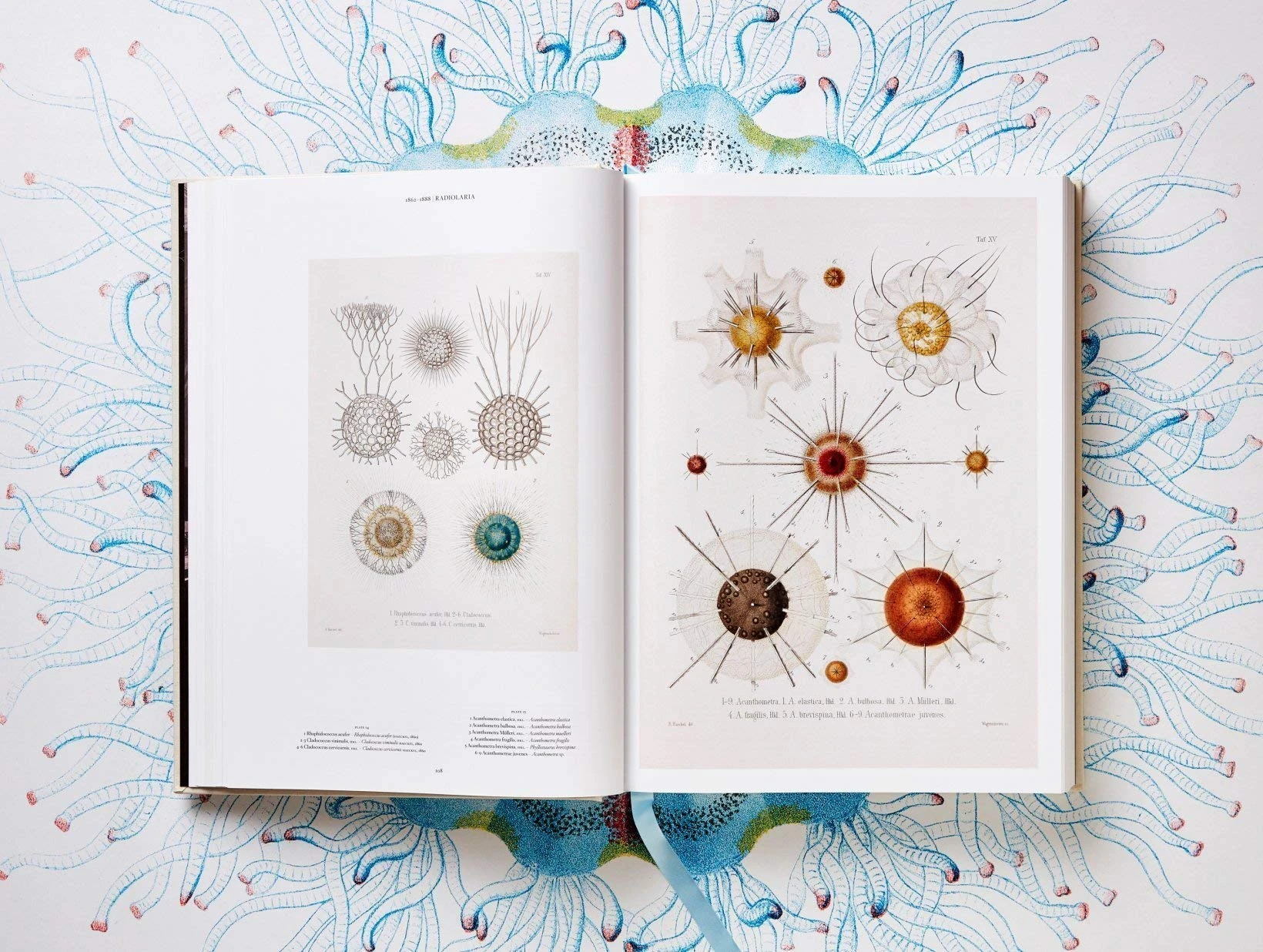
Because everything is not pink (nor blue) …
Ernst is also sadly regarded as a pioneer of eugenics (although not a eugenicist himself) in that he believed he could apply evolutionary theory to human societies, a doctrine known as Social Darwinism, employed for the first time by Emile Gautier (Le Darwinisme social, 1880). The main idea of this theory is that struggle and conflict are fundamental sources of progress and improvement of the human being, because only those able to survive will make the human species endure. This is the concept behind the theory of evolution: survival of the fittest and elimination of the fittest. But in our civilized societies, where we no longer survive, but live, the theory of evolution can no longer be applied to humans, and has been for millennia!
Article written by Jeanne, Founder of Beink.
References:
Beaux-Arts : https://www.beauxarts.com/grand-format/les-medusantes-creatures-dernst-haeckel/
Cairn : https://www.cairn.info/revue-le-philosophoire-2011-1-page-129.html
Connaissance des arts : https://www.connaissancedesarts.com/musees/cite-sciences/idee-lecture-ernst-haeckel-le-damne-de-la-meduse-1189621/
Culture Sciences Chimie, ENS : https://culturesciences.chimie.ens.fr/thematiques/histoire-de-la-chimie/la-classification-periodique-de-lavoisier-a-mendeleiev
Lilliad, Université de Lille : https://lilliad.univ-lille.fr/bibliographies/leonard-vinci-1452-1519-lart-science-ou-science-lart
Musée de l’Histoire : https://www.museedelhistoire.ca/cmc/exhibitions/civil/greece/gr1080f.html
Open Editions Journals : https://journals.openedition.org/aes/1086
Simply Science : https://www.simplyscience.ch/archives-jeunes/articles/leonard-de-vinci-artiste-et-scientifique.html
Universalis : https://www.universalis.fr/encyclopedie/art-et-sciences/1-les-premiers-contacts-entre-l-art-et-la-science/
Wikipédia : https://fr.wikipedia.org/wiki/Relation_entre_science_et_religion#XIXe_si%C3%A8cle
“The trees of Ernst Haeckel, 1866-1905”, Trees of life: a visual history
“L’Art et la Science de Ernst Haeckel”, par les éditions Taschen

